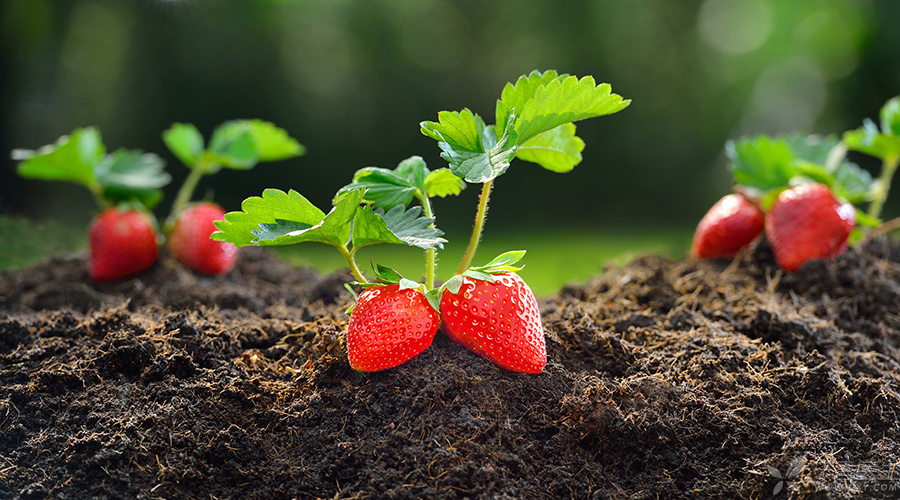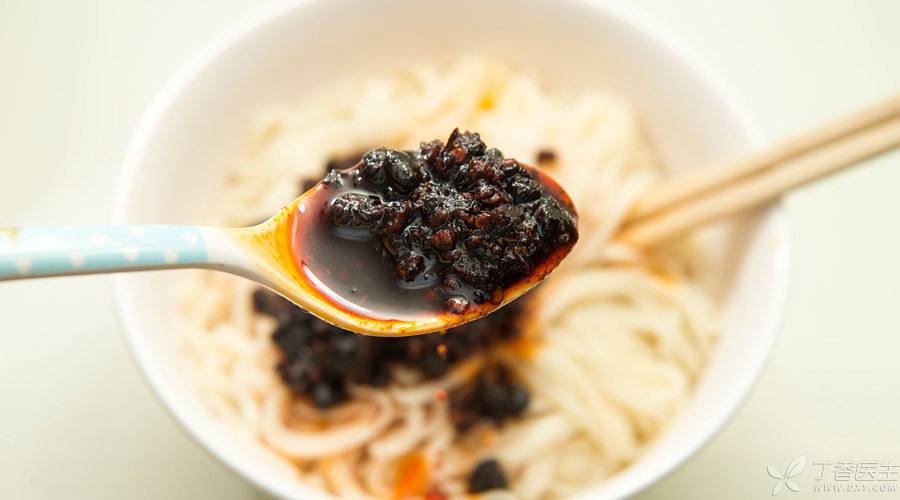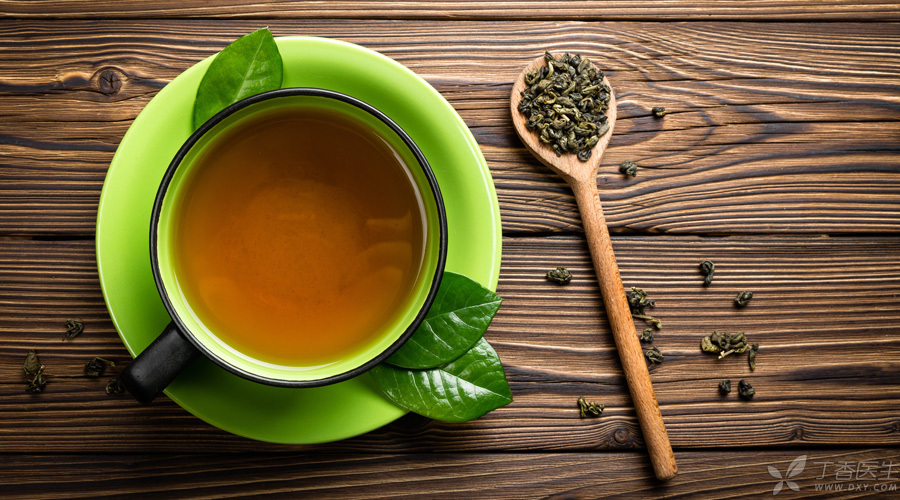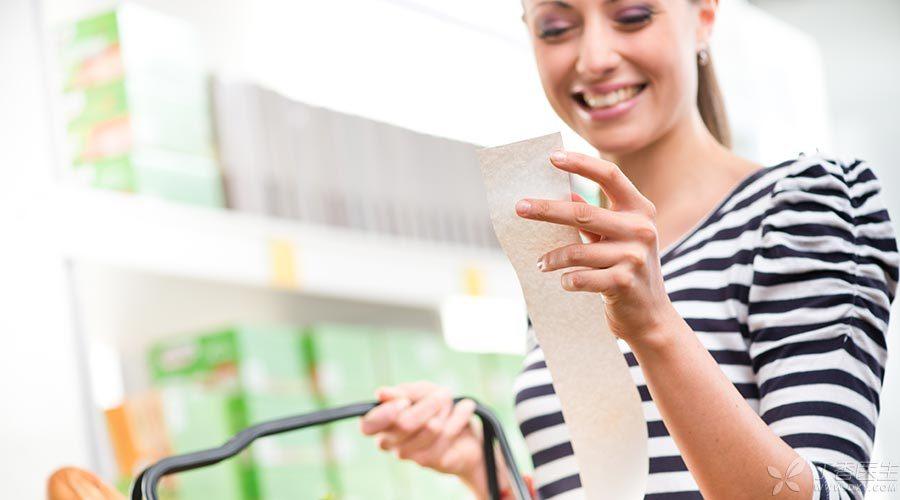
Dr. Clove thinks that some people’s circle of friends is quite magical, and every time they look at it, they can open the door to a new world.
For example, food is toxic and harmful, carcinogenic and harmful … It looks very dangerous everywhere.
Today, Dr. Clove picked out some recent popular rumors to talk about.
Rumor 1: Strawberries fade as soon as they are soaked, because they are stained?

These days, there are many celebrities. I didn’t expect red fruits to be difficult to make.
The red color of strawberries actually comes from [anthocyanin], which is a water-soluble natural pigment. Look at the name and you will know that this pigment will dissolve in water.
When strawberry tissue is damaged, anthocyanin will dissolve into water after washing, so this [fading] is completely normal.
Therefore, if you find the water is a little red when washing strawberries next time, don’t make a fuss.
Rumor 2: Can drinking milk often cause cancer?

In fact, it is no wonder that some people will believe that this rumor still has a good appearance:
IGF-1 (insulin-like growth factor) and tyrosine in milk have strong carcinogenicity, so drinking milk regularly will cause cancer.
However, no matter how gold and jade the appearance is, it cannot cover up the failure.
- First of all, there is very little IGF-1 in milk, And after factory processing and gastrointestinal digestion, They are less likely to make waves. Secondly, the claim that casein (tyrosine) causes cancer stems from a certain study. In this study, aflatoxin (a strong carcinogen) was first used to induce cancer in mice, and then tyrosine was used to promote the development of cancer. It is obvious to all that aflatoxin did it. How can tyrosine be blamed?
Therefore, milk carcinogenesis is only a rumor, and everyone can drink it at ease.
Rumor 3: [Old dopted mother], chocolate contains mineral oil, which is harmful to eating?

[Laoganma] Sauce and chocolate do contain mineral oil, but Dr. Clove must repeat the old saying: Talking about toxicity without dosage is equivalent to playing rascal.
Mineral oil itself is a kind of food additive, for example, it is indispensable when making chocolate, and mineral oil is also a common ingredient in packaging materials, so it is inevitable that a little bit of mineral oil will enter food.
Fortunately, the safe dose of mineral oil is very high. According to World Health Organization data, it is safe for an adult to consume 20 milligrams of mineral oil per kilogram of body weight per day.
According to the data, the mineral oil content of [Laoganma] is about 2 ~ 4 mg/kg. A 60 kg adult has to eat 10 kg of [Laoganma] almost every day to cause the mineral oil to exceed the standard.
Dr. clove thinks that even if you have unique taste and exquisite bones, you only eat sauce at each meal… you don’t eat so much in a day, do you?
So, don’t worry, your goddess is still a goddess, just eat less.
Rumor 4: Drinking Spring Tea Is Equal to Drinking Pesticide?

Rumor has it that 98% of tea trees will be sprayed with pesticide, and drinking spring tea is equivalent to drinking pesticide.
Of course this is not the case.
First of all, when the first batch of spring tea sprouted, the pests were lazy and not very active, so generally there was no need to use pesticides, and no one would do such things as increasing costs in vain.
Secondly, whether the residual pesticide is harmful to health depends on the total amount of intake, in short, it depends on how to eat and how much to eat.
The average person drinks a few grams to 10 or 20 grams of tea every day, and the tea leaves need to be brewed, and the pesticide residues need to be really dissolved into the tea before we can drink them. In this way, in fact, there are very few pesticide residues that really enter the body, so there is no need to worry too much.
Of course, Dr. Clove is not right to say that pesticide residues exceed the standard. Reasonable planting, standardized production and strengthened supervision are all necessary.
Rumor 5: The shopping receipt contains bisphenol A, which can cause cancer if touched too much?

The paper commonly used for shopping receipts is called thermal paper, and bisphenol A is indeed used for thermal printing.
There are many researches on bisphenol A. Although it has certain toxicity, there is still no definite conclusion as to how much damage it will do to human beings.
Out of caution, it is indeed right to reduce exposure, especially for pregnant women and infants, but the claim of carcinogenesis is a bit too much.
Because the bisphenol A content on the receipt is very small, ordinary people will not affect their health if they come into contact with several shopping receipts a day.
In fact, instead of worrying about the harm of the receipt, it is better to learn from Dr. Clove and wash your hands after touching the receipt to minimize the threat.
As for the method of washing hands, it is very simple, just seven steps. > > If you want to learn, click here.
